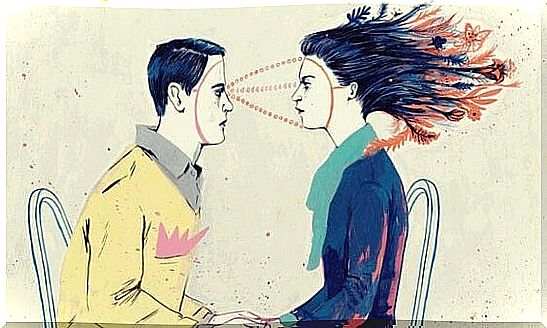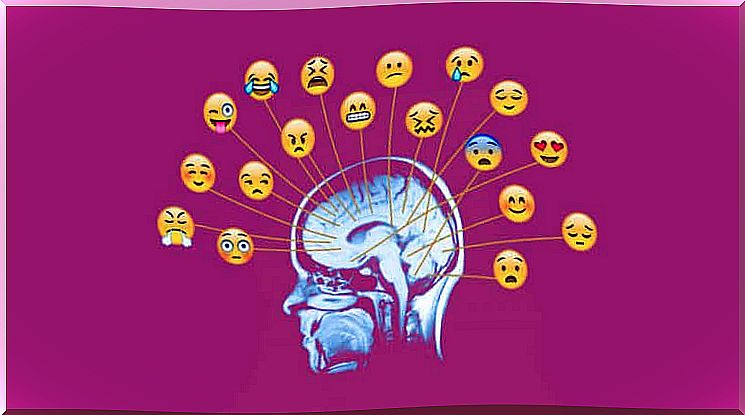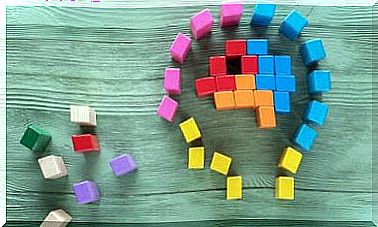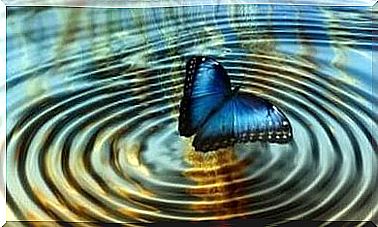Emotional Awareness: What Is It And Why Do We Need It?

Emotional awareness serves to awaken emotional intelligence: it is the first step that allows us to identify and delimit the confusion behind our moods in order to take control of our life and be more aware of it. We are talking about a skill that everyone should develop, a resource that allows anyone to better manage their emotions.
It is certainly not an easy undertaking. The emotional experience is heterogeneous, unpredictable and sometimes chaotic. Everyone can confirm it. We find ourselves trapped in a place where we are aware only of our malaise and, why not, also of the price we have to pay for these sensations that like invisible thorns steal our soul, boycott us making us the shadow of ourselves.
There are not a few people who turn to a psychologist expressing their discouragement with the classic phrases “nobody understands me”, “it is as if I carry the weight of the world on my shoulders”, “I’m tired” or “I just cry everything the day”. Phrases like this rarely show a true emotional awareness that reveals what lies behind the sadness, the persistent fatigue.
Daniel Goleman himself in his book Emotional Intelligence explains that if we are aware of our emotions, we also improve our attitude towards the problems and challenges of daily life. Reflection on what we feel and what hides our mood has a direct impact on our well-being. In addition, it provides us with suitable strategies to deal with possible depression and psychological disorders.

Emotional awareness: what is it and why do we need it?
The Eskimos have about 40 different terms for snow: sleet, gray snow, thin snow, compact snow, snow mixed with rain with wind. Learning these words from an early age allows them to adapt much better to a harsh and challenging environment such as the one they grow up in. Now, perhaps many of you will be surprised to learn something that apparently seems to have very little in common with the Eskimos: about 250 words have been cataloged to designate different types of emotions and feelings.
How many do you know? Did they teach you as a child to identify and use them? Emotions are not like snow falling from the sky, we know that well. They live within us, but they cause storms, frighten us, trap us and isolate us. Knowing how to recognize them and call them by their name helps us survive better, as do Eskimo children who memorize 40 words to explain what the snow is like every morning.
We all need to develop genuine emotional awareness. Here are some reasons:
- Recognize and reflect on our moods to make the best decisions.
- Recognize the emotions of others to relate better.
- Setting limits, applying filters to meet our needs and investing in well-being, integrity and quality of life.
- It helps us get to know each other better.

Levels of emotional awareness
One of the best skills we can pass on to our children is precisely to acquire true emotional awareness. Getting children to reflect on their emotions, call them by name, and learn how to channel them for their benefit is undoubtedly a great way to make them more socially and academically competent.
To better understand this dimension, let’s explore the levels that characterize it and that are part of the Levels of Emotional Awareness (LEAS) scale created by psychologists Lane and Schwartz.
- Recognize the sensation. Any emotion generates a physiological impact that one must be aware of, for example, a change in heart rhythm, a feeling of tension in the stomach, etc.
- What kind of response does it generate? Emotions have an adaptive function, some invite us to act because of their great energetic power. We identify the direction that emotion gives to its energy.
- Identify the primary emotion. Any sensation or state of mind starts from a primary emotion to be identified immediately. Do I feel anger? I’m sad? Do I feel angry?
- Emotions combined with the primary emotion. This step undoubtedly requires deepening, delicacy and above all courage. The reason? Accepting negative emotions is not easy. The primary emotion hides a tangle of knots, a labyrinth of dark corners that one must be able to recognize, illuminate and define. Sometimes behind the sadness there are frustration, anger and disappointment. Sometimes anger hides the demon of persistent pain over a missed, lost, or unsolved goal.

In conclusion, becoming competent people in this area has direct and positive repercussions on our well-being. Emotional awareness is the first step to a happier life, the compass that will lead us to a more satisfying north, a place to know ourselves better and have more control over our reality.
Practice emotional awareness yourself.
Bibliographical references
Cheli, E. (2016), Relations in harmonies in, Milan: Franco Angeli Editore.
Goleman, D. (2015),
Stegge, H. and Meerum Terwogt, M. (2007), Awareness and regulation of emotion in typical and non typical development , in JJ Gross (Ed.), Handbook of emotion regulation (pp. 269-286). New York: Guilford Press.
Lambie, JA and Marcel, AJ (2002), Consciousness and the varieties of emotional experience: A theoretical framework , Psychological Review, 109, 219-259.









